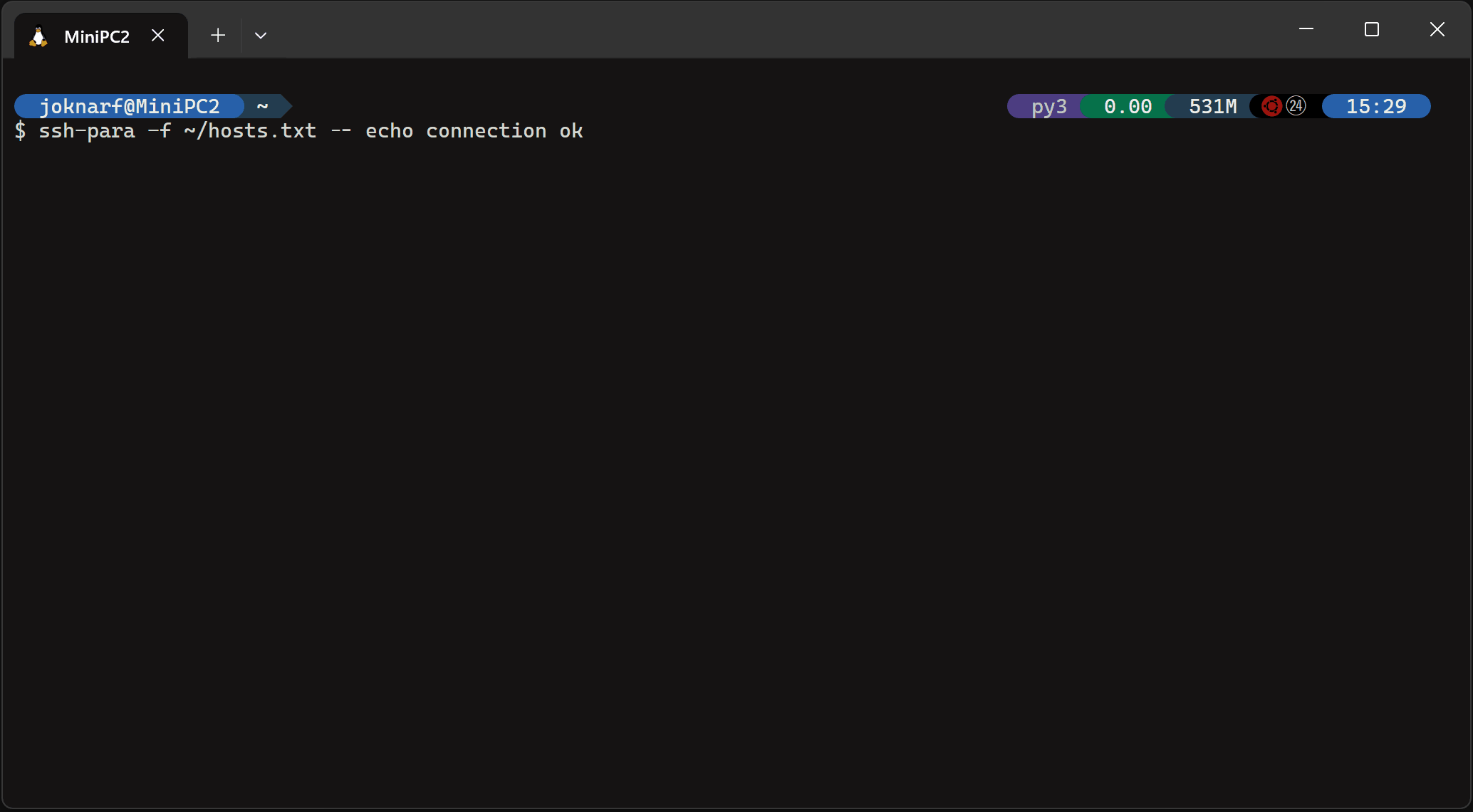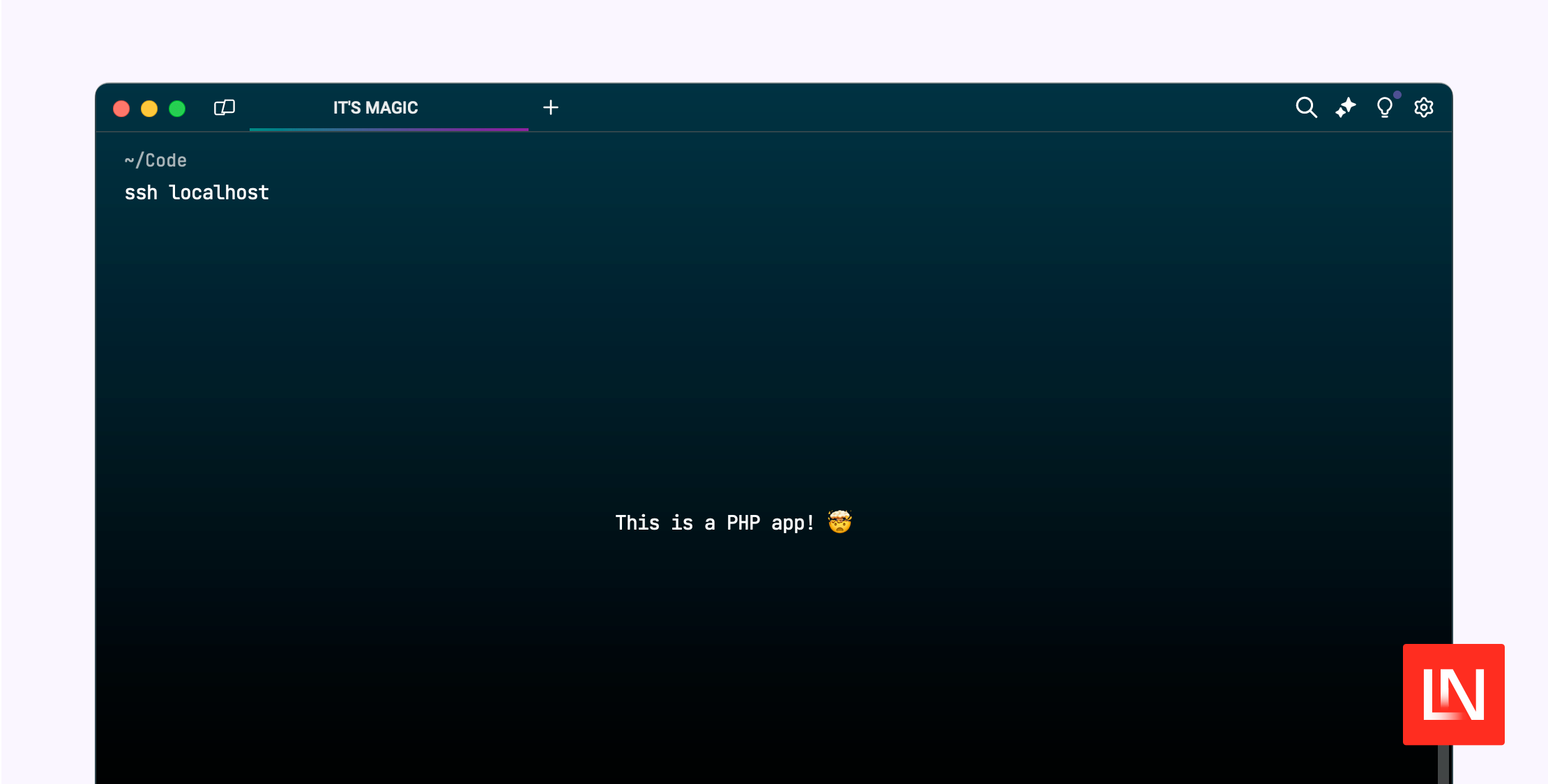Mastering RemoteIoT SSH: Your Ultimate Guide To Secure Remote Connections
Have you ever wondered how to securely connect to your IoT devices remotely? Well, buckle up because we’re diving deep into the world of RemoteIoT SSH, the ultimate solution for managing your Internet of Things devices from anywhere in the world. Whether you’re a tech enthusiast, a developer, or just someone who wants to keep their smart home running smoothly, this guide is here to help you understand everything you need to know about RemoteIoT SSH. Let’s get started!
Let’s face it—IoT devices are everywhere. From smart thermostats to security cameras, these gadgets have made our lives easier. But what happens when you need to troubleshoot or configure them while you’re miles away? That’s where RemoteIoT SSH comes in. It’s like having a remote control for all your IoT devices, but with an added layer of security that keeps hackers at bay.
In this article, we’ll break down the basics of RemoteIoT SSH, explore its benefits, and provide practical tips to help you set it up like a pro. So grab your favorite drink, and let’s dive into the nitty-gritty of remote IoT management.
- Bloodhound Lil Jeff Death Video Unveiling The Truth And Setting The Record Straight
- 5 Movierulz Kannada Your Ultimate Guide To Streaming And Downloading Movies
What is RemoteIoT SSH?
RemoteIoT SSH, or Secure Shell for Internet of Things, is a powerful tool that allows you to remotely access and manage your IoT devices securely. Think of it as a virtual tunnel that connects your device to a secure server, ensuring that all communication between you and your device is encrypted and protected from prying eyes.
Here’s why RemoteIoT SSH is a game-changer:
- It provides end-to-end encryption, keeping your data safe from cyber threats.
- You can access your IoT devices from anywhere in the world as long as you have an internet connection.
- It’s compatible with a wide range of devices, making it a versatile solution for both personal and professional use.
Why Should You Use RemoteIoT SSH?
In today’s interconnected world, security is paramount. With RemoteIoT SSH, you’re not just connecting to your devices—you’re doing it safely. Here are some compelling reasons why you should consider using RemoteIoT SSH:
- Unveiling Movierulz 2025 The Ultimate Hub For Telugu Movies
- Smashing The Pool Noodler The Ultimate Guide To Pool Fun And Safety
Enhanced Security
RemoteIoT SSH uses advanced encryption protocols to protect your data. This means that even if someone intercepts your connection, they won’t be able to decipher the information being transmitted. It’s like having a digital safe for all your IoT interactions.
Convenience at Your Fingertips
Gone are the days when you had to physically access your IoT devices to make changes. With RemoteIoT SSH, you can manage everything from your smartphone or laptop, no matter where you are. Need to update your smart thermostat while on vacation? No problem!
Cost-Effective Solution
Setting up a secure remote access system can be expensive, but RemoteIoT SSH offers a cost-effective alternative. You don’t need to invest in expensive hardware or complex software solutions. All you need is a stable internet connection and the right tools.
How Does RemoteIoT SSH Work?
Now that you know what RemoteIoT SSH is and why it’s important, let’s take a closer look at how it works. At its core, RemoteIoT SSH establishes a secure connection between your device and a remote server using encryption keys. Here’s a step-by-step breakdown:
Step 1: Establishing the Connection
When you initiate a RemoteIoT SSH session, your device sends a request to the server. The server then verifies the request using a public key, ensuring that only authorized devices can connect.
Step 2: Data Encryption
Once the connection is established, all data transmitted between your device and the server is encrypted. This ensures that even if someone manages to intercept the data, they won’t be able to read it without the decryption key.
Step 3: Secure Communication
With the connection secured, you can now interact with your IoT devices as if you were physically present. You can send commands, retrieve data, and make changes—all from the comfort of your couch.
Setting Up RemoteIoT SSH: A Step-by-Step Guide
Setting up RemoteIoT SSH might sound complicated, but it’s actually quite straightforward. Follow these steps, and you’ll be up and running in no time:
Step 1: Install the Necessary Software
First, you’ll need to install an SSH client on your device. Popular options include PuTTY for Windows and OpenSSH for Linux and macOS. Once installed, you can use this software to initiate SSH sessions with your IoT devices.
Step 2: Configure Your IoT Device
Next, you’ll need to configure your IoT device to accept SSH connections. This usually involves enabling SSH in the device’s settings and generating a public/private key pair for authentication.
Step 3: Test the Connection
After everything is set up, it’s time to test the connection. Use your SSH client to connect to your IoT device and verify that you can access it remotely. If everything works as expected, congratulations—you’ve successfully set up RemoteIoT SSH!
Best Practices for Using RemoteIoT SSH
While RemoteIoT SSH is a powerful tool, it’s important to use it responsibly. Here are some best practices to keep in mind:
- Always use strong, unique passwords for your SSH keys.
- Regularly update your IoT devices and SSH software to ensure you have the latest security patches.
- Avoid using public Wi-Fi networks for sensitive tasks, as they can be less secure.
Common Challenges and Solutions
Like any technology, RemoteIoT SSH comes with its own set of challenges. Here are some common issues you might encounter and how to solve them:
Challenge 1: Slow Connection
Solution: Ensure that both your device and the remote server have stable internet connections. You can also try adjusting the encryption settings to improve performance.
Challenge 2: Authentication Issues
Solution: Double-check your public/private key pair and make sure they match. If the problem persists, try regenerating the keys.
Real-World Applications of RemoteIoT SSH
RemoteIoT SSH isn’t just a theoretical concept—it’s being used in a variety of real-world applications. Here are a few examples:
Smart Home Management
With RemoteIoT SSH, you can manage your smart home devices from anywhere. Need to turn off the lights or adjust the thermostat? Just fire up your SSH client and get it done.
Industrial IoT
In industrial settings, RemoteIoT SSH is used to monitor and control machinery remotely. This helps companies reduce downtime and improve efficiency.
The Future of RemoteIoT SSH
As the Internet of Things continues to grow, so too will the demand for secure remote access solutions like RemoteIoT SSH. With advancements in encryption technology and the rise of 5G networks, the future looks bright for this powerful tool.
Conclusion
RemoteIoT SSH is more than just a tool—it’s a necessity in today’s connected world. By providing secure, convenient access to your IoT devices, it empowers you to take control of your smart home or business from anywhere on the planet.
So what are you waiting for? Dive into the world of RemoteIoT SSH and discover the freedom and security it offers. And don’t forget to share your thoughts in the comments below or explore other articles on our site for more tech insights!
Table of Contents
- What is RemoteIoT SSH?
- Why Should You Use RemoteIoT SSH?
- How Does RemoteIoT SSH Work?
- Setting Up RemoteIoT SSH
- Best Practices for Using RemoteIoT SSH
- Common Challenges and Solutions
- Real-World Applications of RemoteIoT SSH
- The Future of RemoteIoT SSH
- Conclusion
- 5 Movierulz Kannada Movie 2023 Your Ultimate Guide To Unveiling The Best Movies
- 7 Movierulz Kannada 2023 Your Ultimate Guide To Streaming And Downloading Movies

sshpara Parallel SSH jobs manager interactive CLI.

Build SSH Apps with PHP and Laravel Prompts Laravel News

SSH Command Full Guide with Practical Linux SSH Service